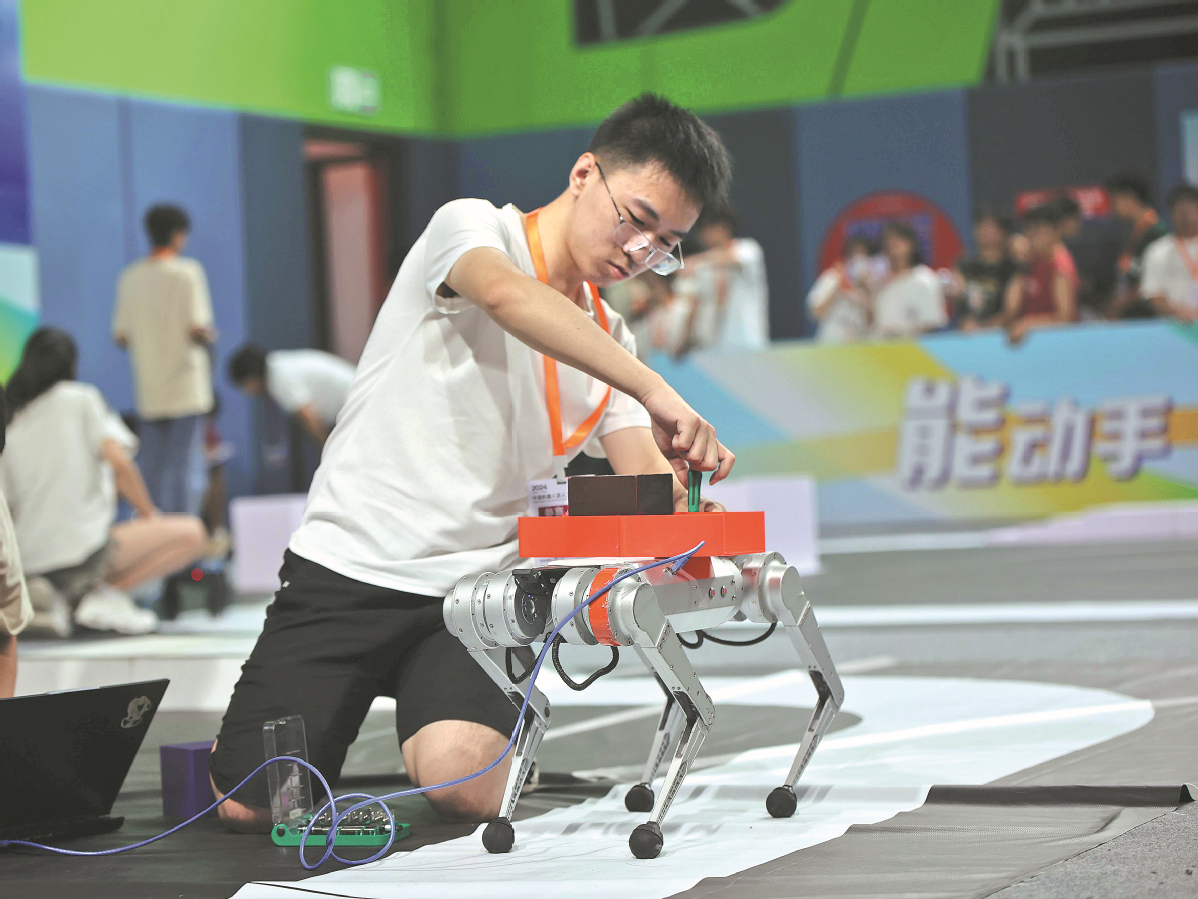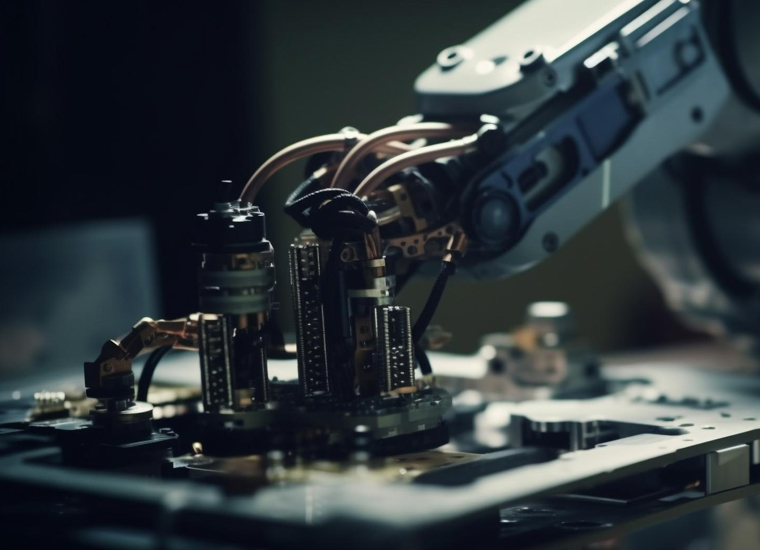AGP China Technology Report - Construction Robots
Table of Contents
Page Section
03 Technology Overview
06 Historical Development Timeline
10 Product Differentiation
16 China Technology Ecosystem
19 Sino-Foreign Collaboration
22 Common Applications In China
29 Government Policy Support
32 Impact On Market Incumbents
35 Final Conclusion
36 Appendices
1.1 Global Snapshot
Definition and Classification
Construction robots are specialized machines designed to enhance productivity, safety, and precision in the construction industry. They can be classified into:
- Welding Robots: Automated systems for tasks such as steel structure welding.
- Demolition Robots: Machines focused on deconstruction and hazardous material removal.
- Material Handling Robots: Devices for transporting construction materials efficiently.
Key Technologies
The core technologies enabling construction robots include:
- Actuators: Crucial for precise movements and operations.
- Sensors: Essential for real-time environment monitoring and navigation.
- AI and Machine Learning: Facilitate adaptive learning and decision-making.
- Energy Systems: Sustainable power sources for extended operation.
Global Benchmarks
Recent developments in construction robotics highlight significant advancements:
- RoboticPlusAI: Offers comprehensive solutions like RobimWeld for automated welding, improving efficiency by 80%.
- Ligent Robot: Innovates with 3D + AI welding robots for real-time 3D modeling and precise control.
Market Size and Growth
The construction robots market is experiencing robust growth:
- Market Value: Estimated at USD 1.15 billion in 2023, projected to reach USD 4.10 billion by 2032, with a CAGR of 15.18% .
- Regional Insights: Asia Pacific leads with a 31% market share, driven by urbanization and infrastructure investments .
1.2 China Snapshot
Market Position and Domestic Capabilities
China's construction robot market is rapidly expanding:
- Market Share: Projected to grow at a 16% CAGR, reaching USD 101 billion by 2033 .
- Core Components: Chinese firms are advancing in key technologies like harmonic drives and sensors.
Leading Firms and Deployments
Prominent Chinese companies include:
- Weijian Technology: Focuses on building intelligent robotics solutions.
- RoboticPlusAI: Provides advanced robotic systems for construction tasks.
National Policies and Industrial Targets
Government initiatives support the sector's growth:
- MIIT Guidelines: Aim to increase construction automation to 30% by 2030.
- Industrial Targets: Encourage technological integration and innovation.
Cost-Performance Edge and Application Scaling
China's competitive advantages include:
- Cost-Performance: Local production reduces costs, enhancing market accessibility.
- Scaling Opportunities: Large infrastructure projects offer extensive deployment potential.
Role in Advancing New Productive Forces
Construction robots contribute to:
- Demographic Shifts: Addressing labor shortages due to aging populations.
- Industrial Upgrading: Improving efficiency and quality in construction.
- National Goals: Supporting smart city and sustainable development initiatives.
Policy Relevance and Tech-Industry Integration
Integration aligns with:
- Policy Objectives: Meeting innovation and modernization targets.
- Industry Synergy: Promoting collaboration between technology and construction sectors.
1.3 Market Size
Global and China-Specific Estimates
The market is poised for significant growth:
- Global Forecasts:
- SNS Insider: USD 1.15 billion in 2023, projected to USD 4.10 billion by 2032, CAGR of 15.18% .
- Fact.MR: USD 201.3 billion in 2023, expected to reach USD 936 billion by 2033, CAGR of 16.6%.
- Consainsights: USD 6.62 billion in 2023, projected to USD 32.60 billion by 2033, CAGR of 20.25% .
- China-Specific Estimates:
- Fact.MR: Market forecast to advance at 16% CAGR, reaching USD 101 billion by 2033 .
Growth Scenarios
Potential growth scenarios include:
- High: Accelerated adoption driven by innovation and policy support.
- Medium: Moderate growth with gradual integration.
- Low: Slow adoption due to cost barriers and resistance to change.
5-Year CAGR Estimates
Projections from various sources:
- SNS Insider: 15.18% from 2024 to 2032 .
- Fact.MR: 16.6% from 2023 to 2033 .
- Consainsights: 20.25% from 2023 to 2033 .
Market Breakdown
Segmentation can be based on:
- Application Domain:
- Demolition: Robots for breaking concrete and deconstruction.
- Material Handling: Automated systems for logistics.
- Customer Segment:
- Industrial: Large-scale infrastructure.
- Residential: Housing projects.
- Commercial: Office and retail spaces.
- Geography:
- Asia Pacific: Leading market share.
- North America: Rapid technology adoption.
- Europe: Focus on sustainability.
AGP Insights
Download PDF.
Your PDF report was sent successfully to your inbox!
Related Insights.











